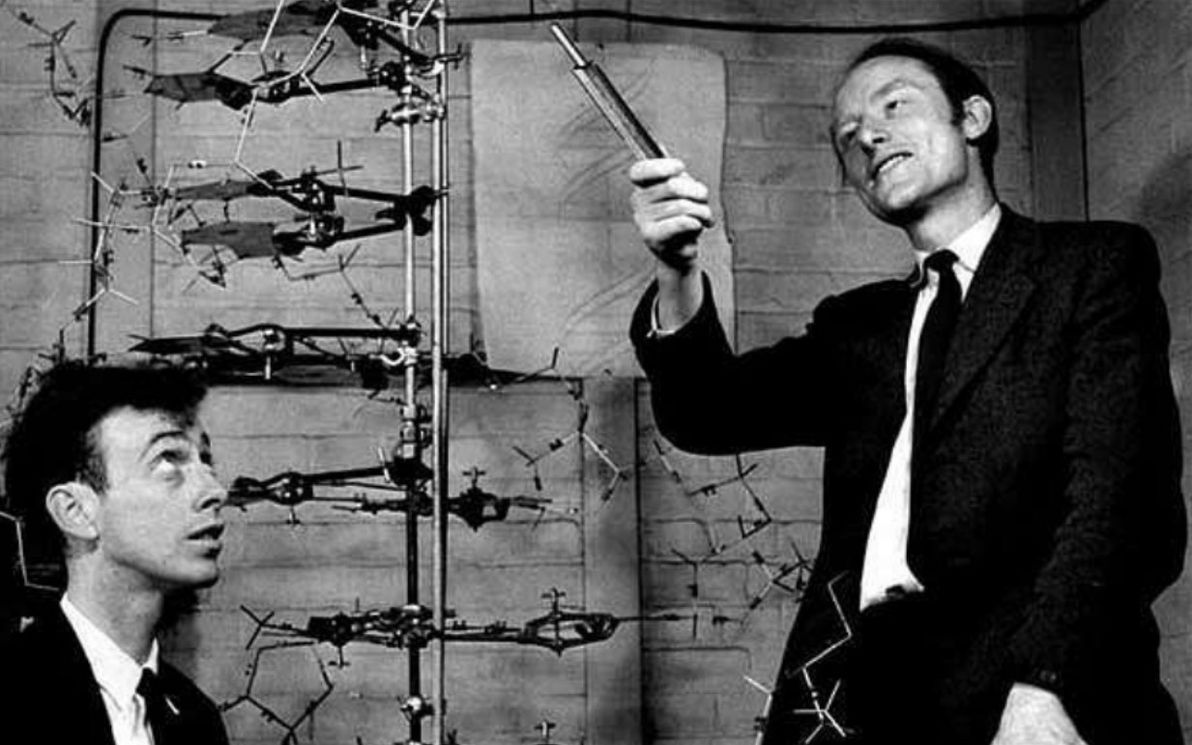DNA: the most chaotic, most illegible, most mature, most brilliant codebase ever
As a computer programmer – i.e. as someone whose day job is to write relatively dumb, straight-forward code, that controls relatively dumb, straight-forward machines – DNA is a fascinating thing. Other coders agree. It has been called the code of life, and rightly so: the DNA that makes up a given organism's genome, is the set of instructions responsible for virtually everything about how that organism grows, survives, behaves, reproduces, and ultimately dies in this universe.
Most intriguing and most tantalising of all, is the fact that we humans still have virtually no idea how to interpret DNA in any meaningful way. It's only since 1953 that we've understood what DNA even is; and it's only since 2001 that we've been able to extract and to gaze upon instances of the complete human genome.

Image source: A complete PPT on DNA (Slideshare).
As others have pointed out, the reason why we haven't had much luck in reading DNA, is because (in computer science parlance) it's not high-level source code, it's machine code (or, to be more precise, it's bytecode). So, DNA, which is sequences of base-4 digits, grouped into (most commonly) 3-digit "words" (known as "codons"), is no more easily decipherable than binary, which is sequences of base-2 digits, grouped into (for example) 8-digit "words" (known as "bytes"). And as anyone who has ever read or written binary (in binary, octal, or hex form, however you want to skin that cat) can attest, it's hard!
In this musing, I'm going to compare genetic code and computer code. I am in no way qualified to write about this topic (particularly about the biology side), but it's fun, and I'm reckless, and this is my blog so for better or for worse nobody can stop me.